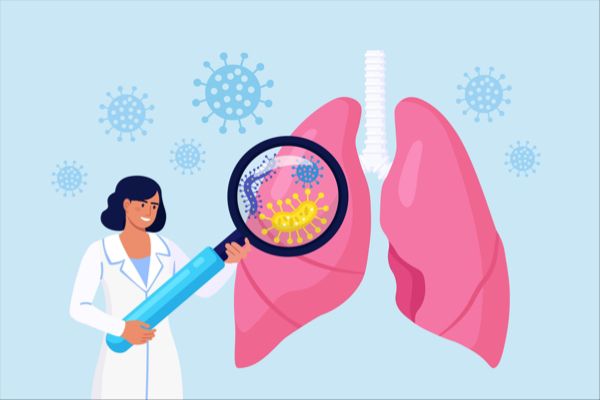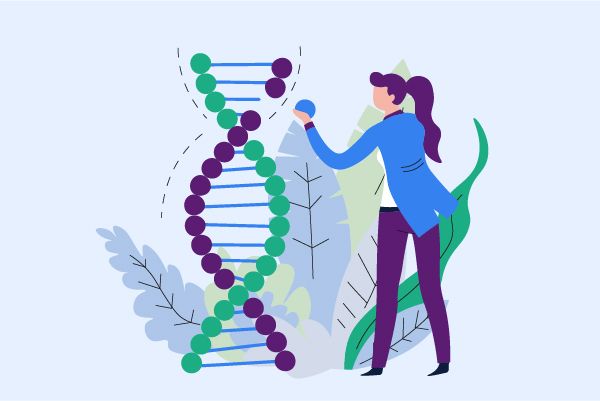What are the types of protein amidation modifications and their role in regulation of protein biological activity?
Protein amidation is the process through which a carboxyl group is converted into an amide group. This post-translational modification is essential for the biological activity of many proteins and peptides. There are various types of protein amidation modifications and their roles in regulation of protein biological activity:
C-terminal Amidation: This is the most common type of protein amidation. It involves the conversion of a carboxyl group (-COOH) at the end (C-terminus) of the protein to an amide group (-CONH2). Many neuropeptides, hormones, and other bioactive peptides require C-terminal amidation for full biological activity.
Alpha-amidation: In this process, a glycine residue is attached to the C-terminus of the protein, which is then cleaved to produce an amidated group. Alpha-amidation has a role in modulating the activity, stability, and recognition properties of peptides and hormones.
Asparagine (Asn) or glutamine (Gln) deamidation: Here, asparagine (or sometimes glutamine) residues in a protein are converted to aspartic acid or glutamic acid, respectively, creating a negative charge. This leads to changes in protein structure, function, and stability.
N-terminal amidation: This is less common than C-terminal amidation. It involves the conversion of a free amino group at the protein N-terminus to an amide.
Gamma-carboxyglutamic acid (Gla) formation: This is a modification where the Gla residues are carboxylated to form an amide group. Mainly involved in blood clotting proteins.
Protein N-myristoylation: Myristic acid, a 14-carbon saturated fatty acid, is covalently attached to the N-terminal glycine residue of a subset of proteins, which are called N-myristoyl proteins. It can regulate protein-protein interactions and protein stability, and it is crucial for the proper function of the immunity and the nervous system.
The exact role of amidation in protein function largely depends on the protein in question, but common effects include altering protein-protein interactions, changing protein stability, modulating enzymatic activity, and impacting subcellular localization. As such, it is a critical post-translational modification for regulating biological activity. It is noteworthy that dysregulated protein amidation has been associated with various diseases, including cancer and neurodegenerative disorders.




